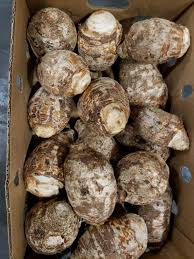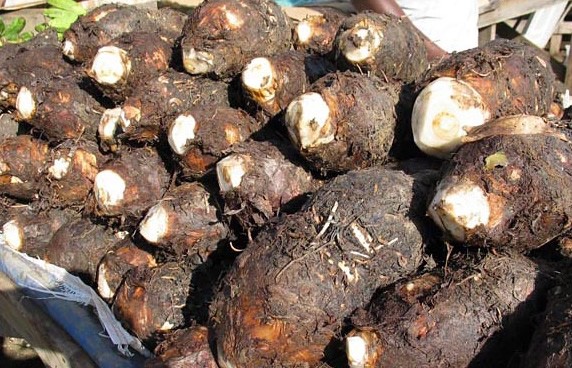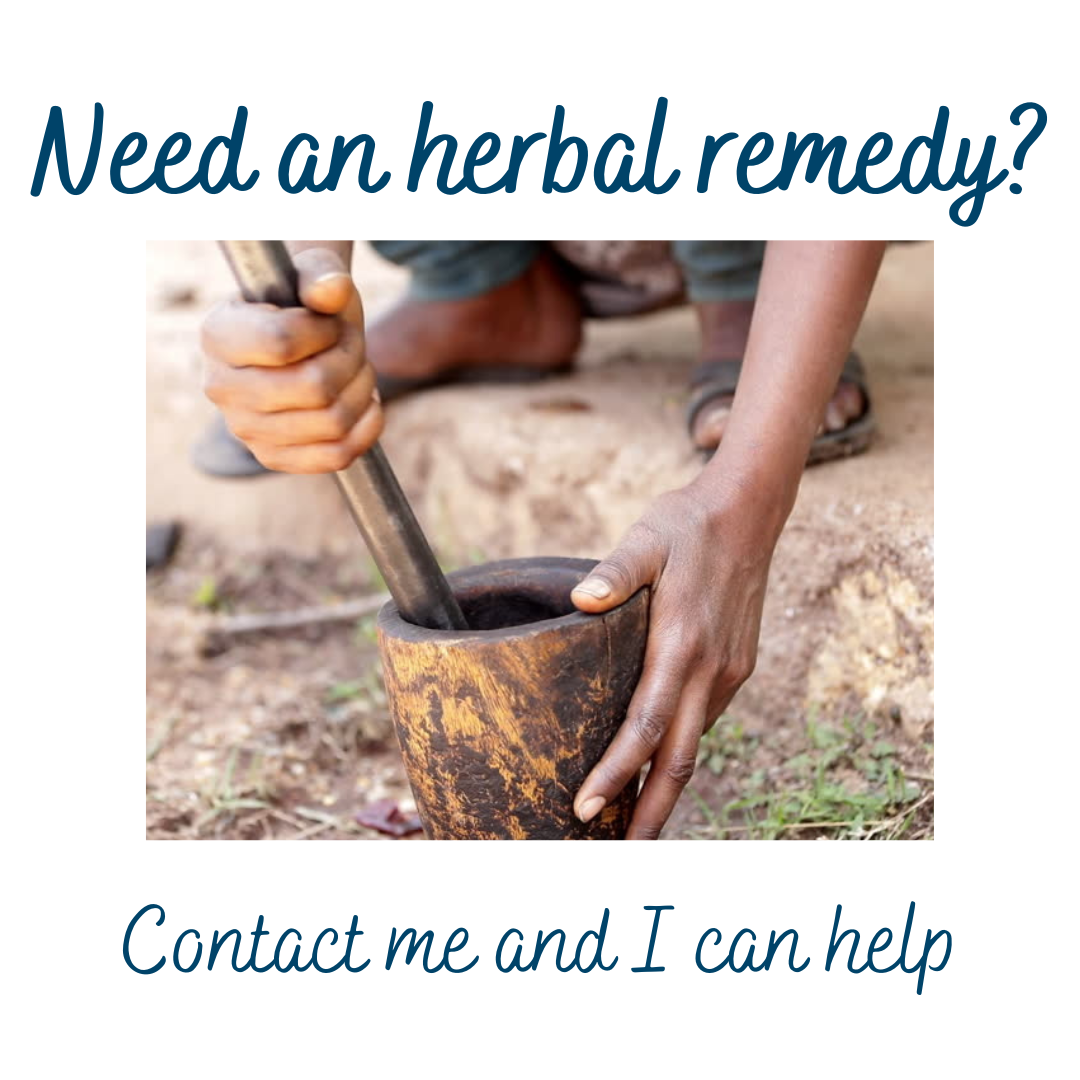Ever since I was a little boy, I’ve eaten this purple-tinged root some called dasheen (some call it taro). It reminds me of those mornings when my grandfather would roast dasheen for breakfast and I would help him with chores.
Once I got older, I learned what a good breakfast that really was because it has 3 times the fiber than potatoes! Plus, it is a good source of magnesium, potassium, iron, Vitamin E, Vitamin C, and Vitamin A. Dasheen is also rich in antioxidants and polyphenols that combat cancer and help your body overcome oxidative stress.
Dasheen is a tuber plant. It grows mostly in tropical regions. The vegetable is round and brown on the outside and white on the inside.

The root and leaves should never be eaten raw because they can be toxic to the body and can make your mouth feel numb. Roasting, baking, or boiling the dasheen renders the calcium oxalate inactive so it’s perfectly harmless (and delicious) once it has been cooked.
Dasheen contains fiber and resistant starch, which both slow digestion and reduce blood sugar spikes after meals so it is a great choice for people with diabetes. It also lowers cholesterol and reduces your risk of heart disease. And, it increases feelings of fullness, reducing calorie intake and increase fat burning, leading to weight loss and reduced body fat.
Here are some of my favorite ways to enjoy dasheen:
- Dasheen chips: Thinly slice dasheen and bake or fry into chips.
- Dasheen buns: Bake sweetened dasheen paste inside buttery pastry dough for dessert.
- In soups and stews: Cut into chunks and use in broth type dishes


